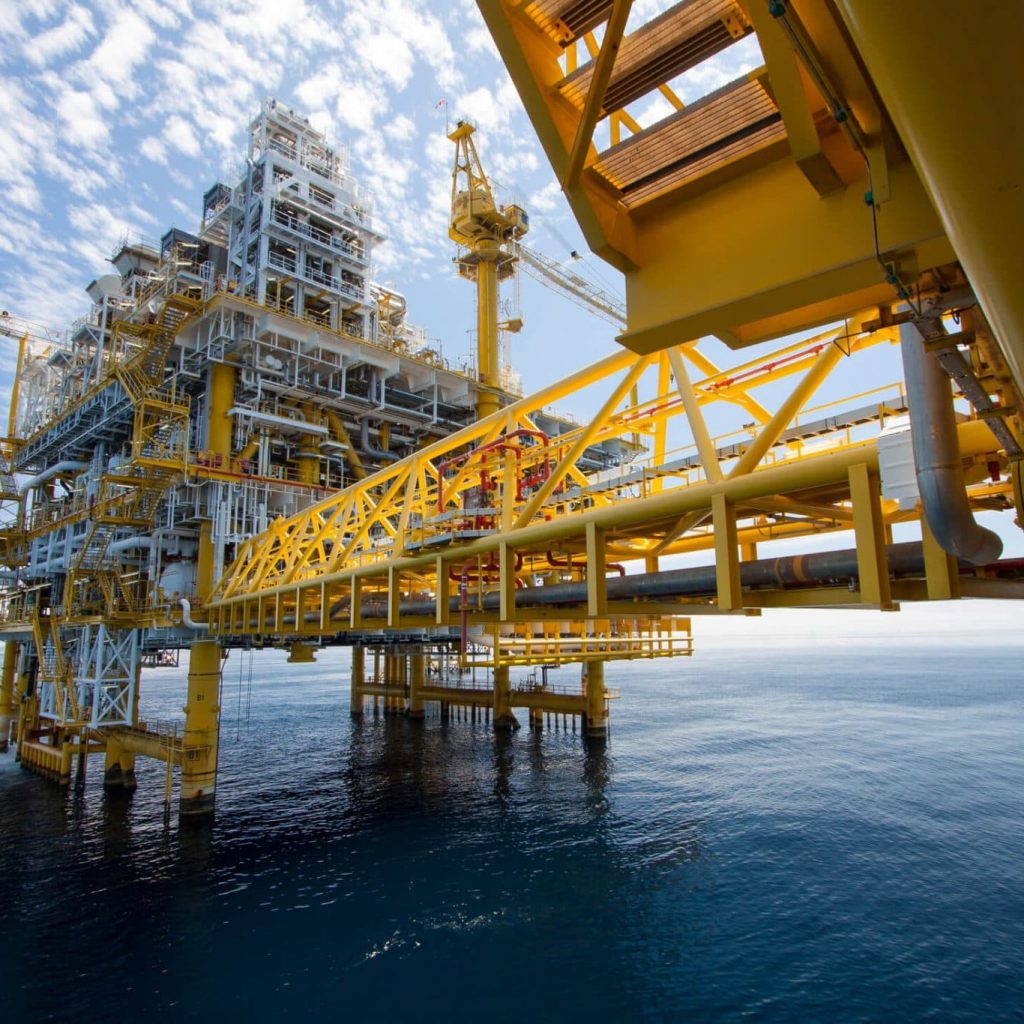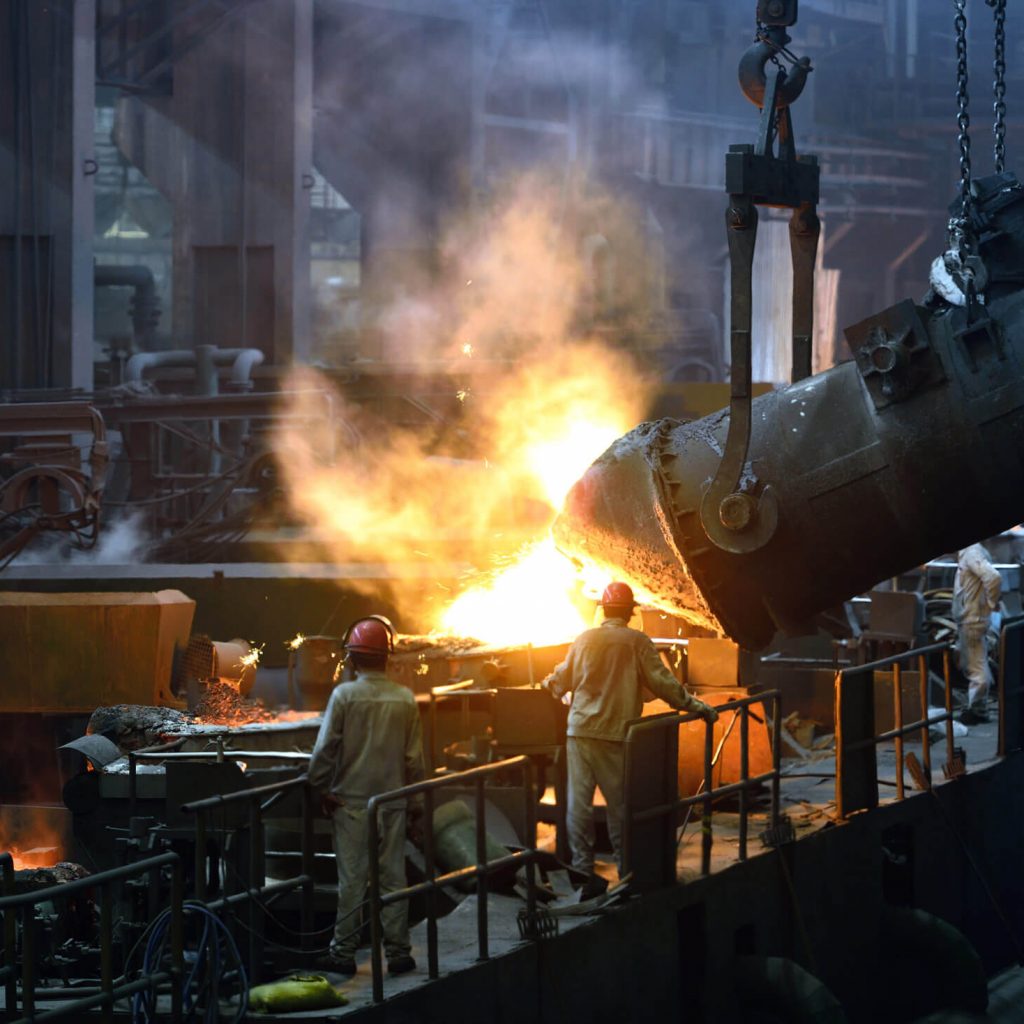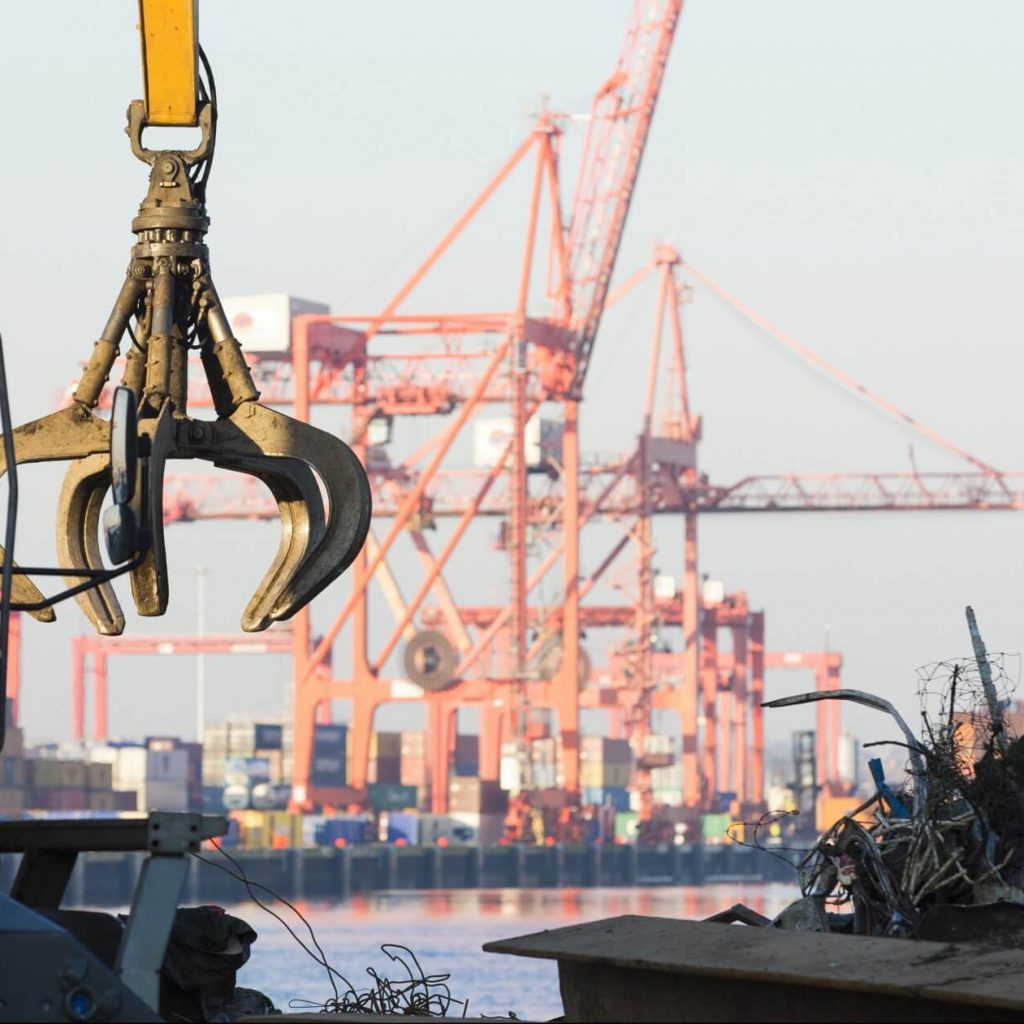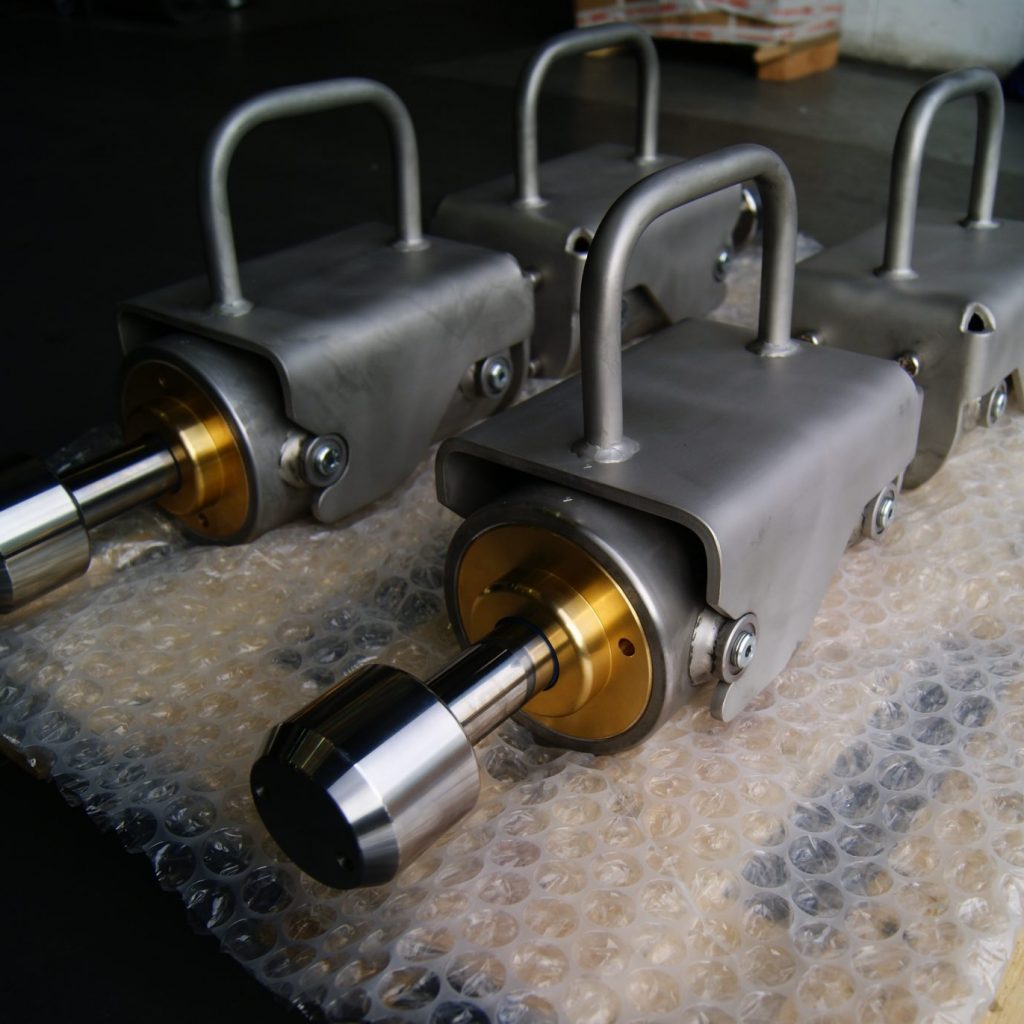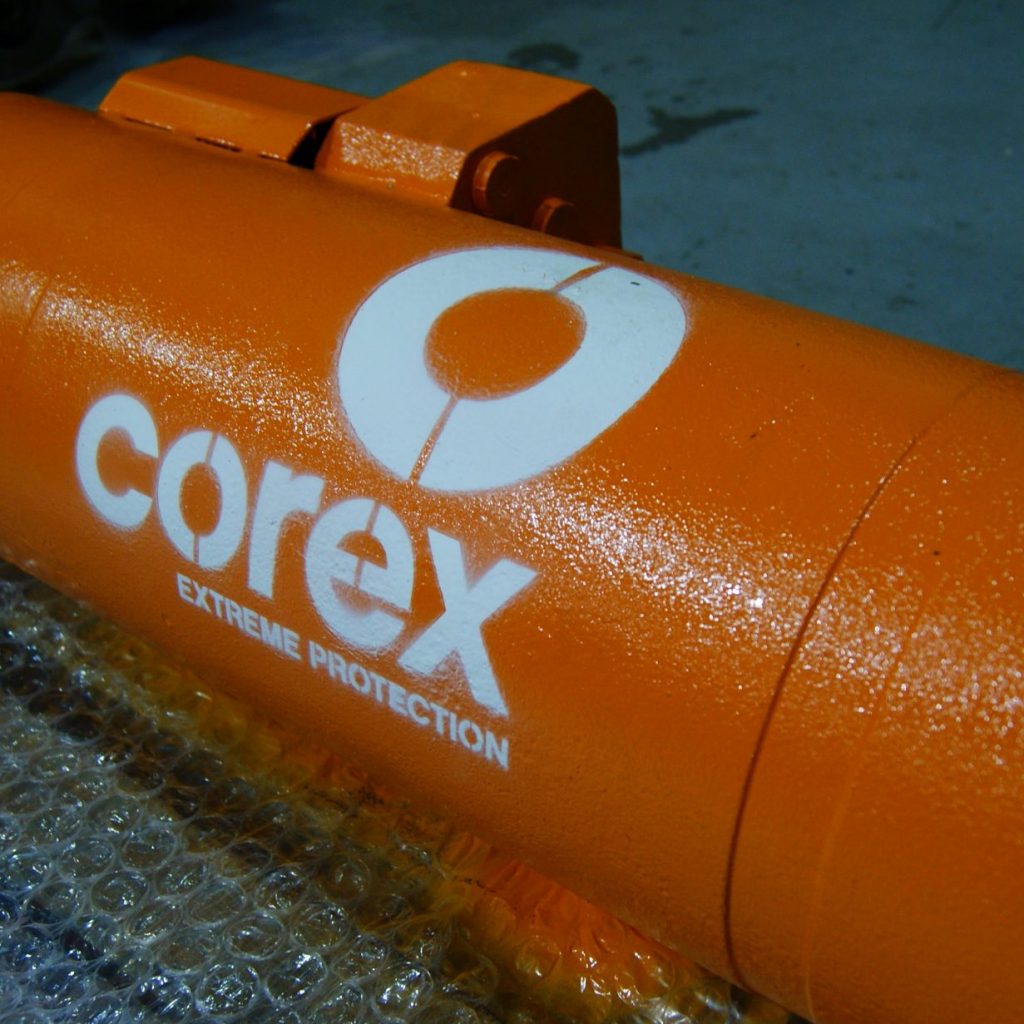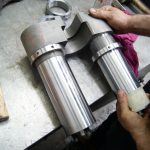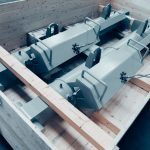Rail Maintenance Vehicle Case Study
Hydraulic Cylinders – Design & Manufacture
Our Work
All hydraulic rams, by their nature, are pushed to work under high pressures; but there are a number of environments that are particularly harsh for hydraulics. Historically, the mining industry was a particularly hard wearing environment. Now, a number of newer uses for hydraulics are presenting new challenges for designers and engineers, as they seek to create cylinders that are increasingly robust and hard wearing. One such industry – which batters its machinery with heat, sparks, fast speeds and regular chips from debris and stones – is the rail industry.
Rail maintenance vehicles make use of hydraulic systems to lower grinders into the correct position on a train track, so they can grind and re-weld damaged areas of track. Lasers in the machinery identify the exact position of the faults, which is electronically translated to the hydraulics in order for them to be let down into the optimum position to work.
However, a large national rail company has experienced a number of regular failures on the grinders of these maintenance vehicles, because of breakages to the hydraulic cylinders. This has caused problems because of the costs of repairs and the inefficiency created by down time. Apex were challenged to develop new hydraulic cylinders that could withstand these harsh railway conditions.
Apex identified two main areas of the cylinders that needed to be improved upon:
Seals
Seals in the original fabrication were made of a nitrile rubber and polyurethane material which begins to corrode and melt at temperatures above 80 degrees Celsius (176 Fahrenheit). This meant that the sparks that can be routinely experienced due to the grinding process were causing damage to the seals. Apex decided to use seals made of a synthetic rubber and fluropolymer elastomer and PTFE. These seals can endure temperatures of up to 200 degrees Celsius (392 Fahrenheit).
Coating
The original Hard Chrome Coating (HCP) was simply not durable enough to be able to withstand the constant chips and abrasions. Under the difficult conditions it began to corrode, causing breakdowns. The manufacture of HCP causes damage to the environment and the disposal of the product is subject to strict legislation. For these reasons, regular replacement of parts coated with HCP is not ideal.
As an alternative to HCP, Apex has developed a coating called COREX, which is a Tungston Chromium Carbide Compound. It’s bond strength and hardness is almost twice that of HCP, having a 1400Hv hardness which provides a bond strength of over 10000psi (in comparison with the HCP hardness of 750-850Hv). These numbers mean that, in effect, COREX is almost twice as durable as HCP when it comes to having a resistance to chips that may cause peeling, pitting and scoring.
The application process of HCP produces lots of micro cracks, which is avoided in COREX by the use of a thicker coating and advanced adhesion through application techniques. HCP porosity is also 5 to 10 times that of COREX. These issues mean that HCP is far more prone to corrosion than COREX.
At this stage, Apex and the Rail company are still assessing the results of these improvement in the hydraulic cylinder design, but we are expecting to see a large reduction in hydraulic cylinder failure causing machinery breakdowns. This will translate into a significant decrease in downtime and repair costs.
Related Products
The following products were utilised as part of this project. For more detailed information on these products, click on an image below…


